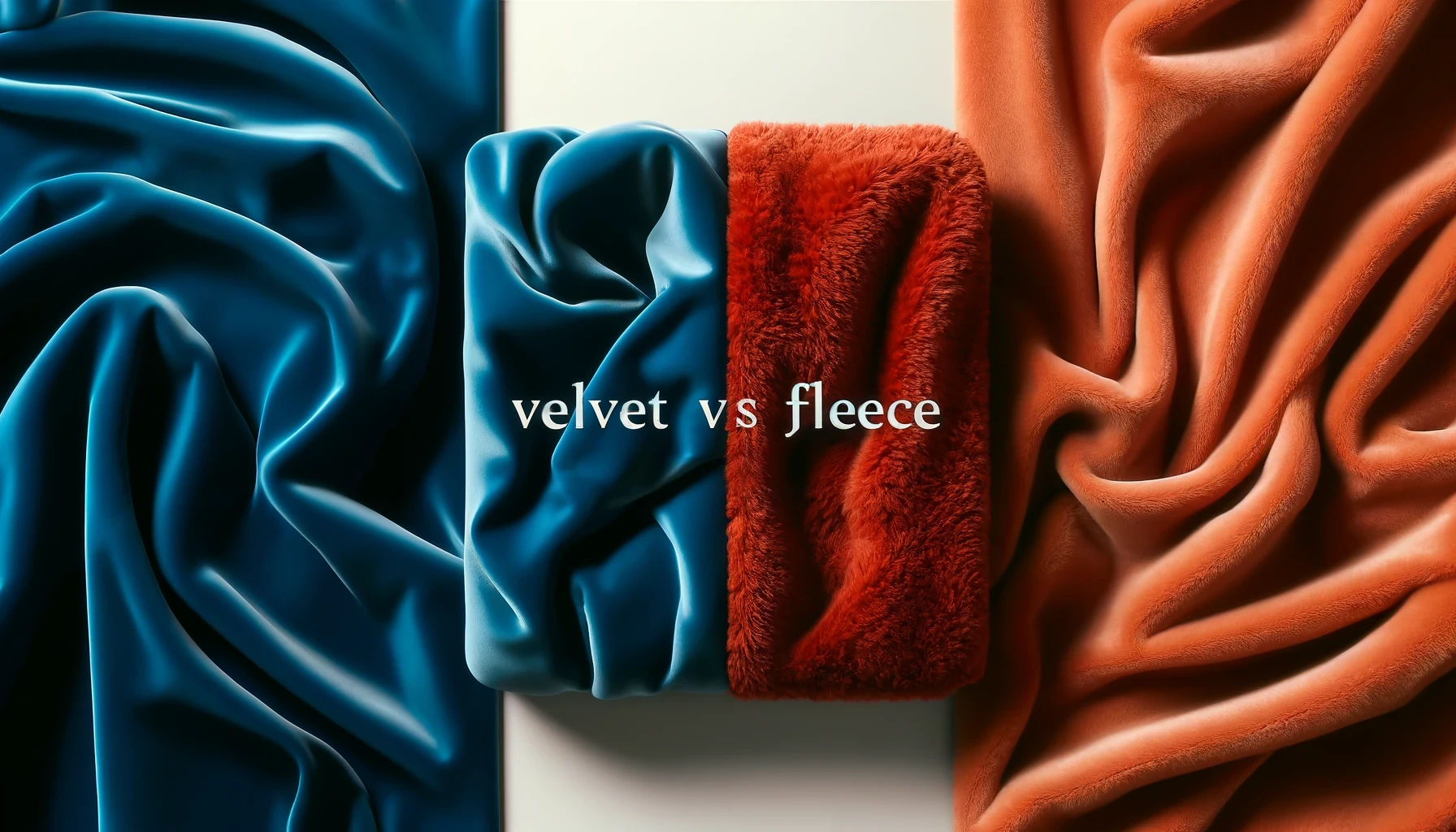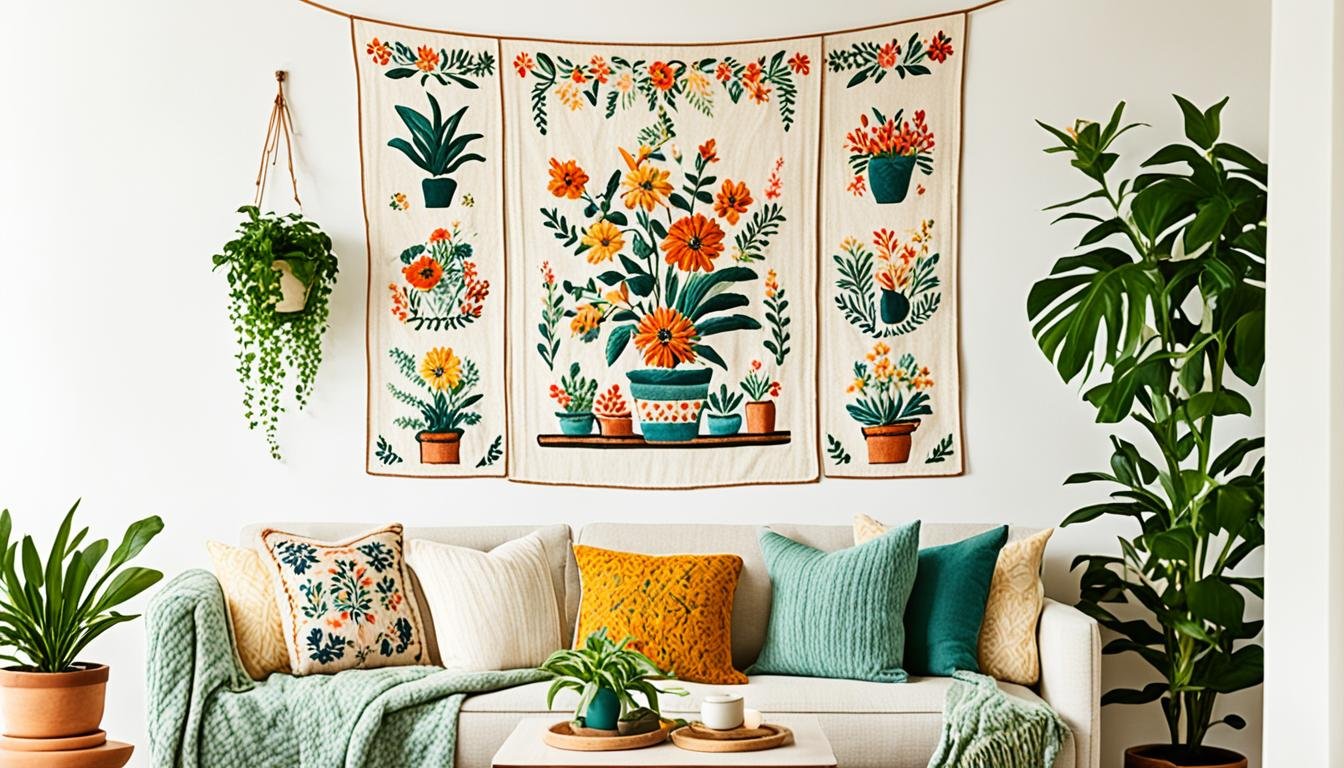Choosing the right fabric is important. It affects fashion, home decor, and crafting projects. Velvet and Fleece are two popular choices. The velvet feels smooth and looks shiny.
Fleece is warm and cozy, perfect for winter. This guide will compare velvet vs Fleece. We will look at their uses, qualities, and care tips.
You’ll learn which fabric is best for your needs, whether it’s for a bed, throw blankets, or clothing.
Let’s dive into the details and find out more about these two great fabrics.
Table of Contents
ToggleWhat is Velvet?
History and Evolution
Velvet is a fabric with a rich history. It dates back to ancient Egypt. People loved its soft, smooth feel. Velvet became popular in Europe during the Renaissance. Royals and nobles wore velvet clothes. The fabric symbolized wealth and luxury.
Over time, velvet production changed. Early velvet was made from silk. Today, manufacturers use cotton and synthetic fibers.
These changes made velvet more affordable. Velvet is still loved for its plush texture and elegant look.
This history shows how velvet evolved. It went from a rare luxury to a common fabric. Its softness and shine make it a favorite choice.
Material Composition
Velvet is made from different materials. The main types of fibers used in velvet are silk, cotton, and synthetic. Each type has its own feel and use.
Silk Velvet: This type is the most luxurious. It feels very soft and smooth. Silk velvet has a shiny look. It is often used in high-end fashion and decor. However, it is expensive and needs careful care.
Cotton Velvet: This velvet is more common. It is less shiny but still soft. Cotton velvet is durable and easy to care for. It is used in everyday clothing and home items like pillows and curtains.
Polyester Velvet: This synthetic velvet is affordable and easy to find. It mimics the look and feel of silk velvet but at a lower cost. Polyester velvet is durable and easy to maintain. It is often used in upholstery and budget-friendly fashion.
Each type of velvet offers a unique blend of qualities. Choose the one that best fits your needs and budget.
Characteristics of Velvet
Texture and Feel: Velvet is famous for its soft and plush texture. When you touch velvet, it feels smooth and luxurious. This softness makes it a favorite for clothing and home decor.
Weight and Drape: Velvet can be light or heavy. Silk velvet is light and flows beautifully. Cotton and polyester velvets are heavier. They are perfect for items that need a strong, elegant drape, like curtains and upholstery.
Aesthetic Appeal: Velvet shines with a rich, glossy finish. The fabric catches light in a unique way. This makes colors look deep and vibrant. Velvet’s sheen adds a touch of luxury to any item.
Durability and Maintenance: Velvet is durable, but care depends on the type. Silk velvet needs professional cleaning. Cotton and polyester velvets are easier to care for. They can often be machine-washed on gentle settings. Regular cleaning helps keep velvet looking fresh and beautiful.
Velvet’s unique characteristics make it a versatile and beloved fabric. Its texture, weight, look, and durability offer something special for various uses.
Uses in Fashion and Home Decor
Fashion Applications
Velvet is popular in fashion. Its smooth texture and shiny look make it a top choice for fancy clothes. Here are some common uses:
- Dresses: Velvet dresses are perfect for special occasions. They look elegant and feel soft.
- Blazers: Velvet blazers add a touch of luxury to any outfit. They are stylish and warm.
- Skirts: Velvet skirts are trendy and comfortable. They come in various lengths and styles.
Home Decor Applications
Velvet also shines in home decor. It adds a rich, cozy feel to any space. Common uses include:
- Upholstery: Velvet is great for sofas and chairs. It’s durable and looks elegant.
- Curtains: Velvet curtains are heavy and block light well. They add a touch of class to rooms.
- Pillows: Velvet pillows are soft and add a pop of color. They are a quick way to update your decor.
- Blankets: Velvet blankets are warm and cozy. They are perfect for snuggling up in bed or on the couch.
Velvet’s versatility makes it a popular choice for both fashion and home decor. Its plush texture and rich look enhance any item.
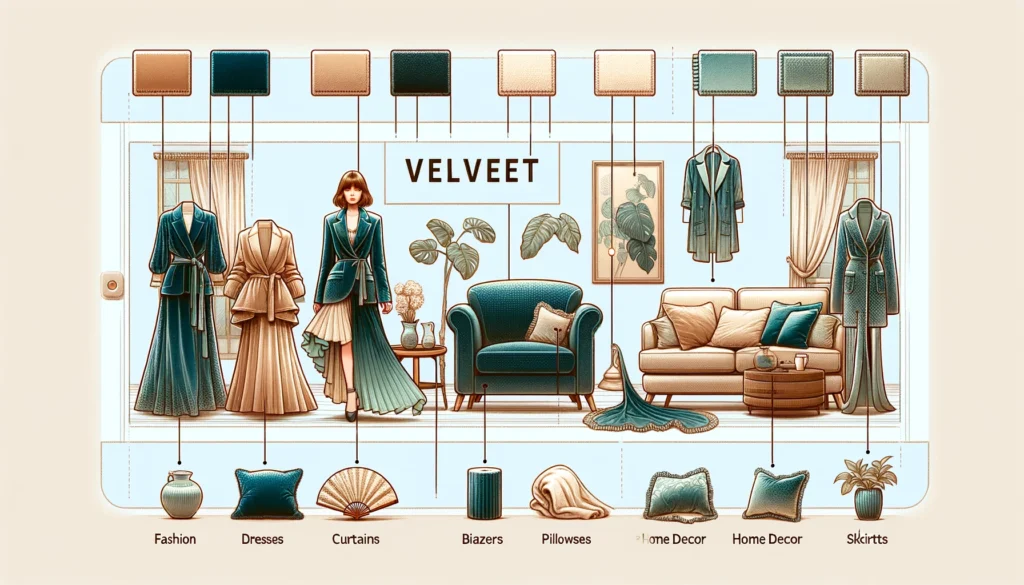
Sustainability Aspect
Environmental Impact of Different Types of Velvet
Velvet’s environmental impact depends on its material. Traditional silk velvet has a high environmental cost. Silk production involves a lot of water and energy. It also uses chemicals that can harm the environment.
Cotton velvet is more common but still has issues. Growing cotton requires a lot of water and pesticides. These can damage the soil and local ecosystems.
Polyester velvet is made from synthetic fibers. It’s more durable and easier to care for. However, polyester is made from petroleum.
This process uses a lot of energy and releases harmful emissions. Polyester also sheds microplastics during washing, which can pollute oceans.
Sustainable Alternatives
There are more eco-friendly options for velvet lovers. Organic cotton velvet is one choice. It’s made from cotton grown without pesticides or synthetic fertilizers. This method reduces harm to the environment.
Recycled polyester velvet is another option. It’s made from recycled plastic bottles. This process uses less energy than producing new polyester.
It also helps reduce plastic waste. Recycled polyester velvet still looks and feels great, making it a sustainable choice.
Choosing sustainable velvet options helps reduce the environmental impact. It supports eco-friendly practices and promotes a healthier planet.
What is Fleece?
History and Origin
Fleece is a fabric made from polyester. It was invented in 1979 by Malden Mills, now known as Polartec.
They wanted to create a fabric that was warm, light, and dried quickly. This made Fleece perfect for outdoor activities.
Fleece became popular fast. People loved that it was like wool but easier to care for. It changed the way we dress for outdoor adventures because it was affordable and worked well.
Over time, Fleece got even better with new features like better breathability and more durability.
Key Milestones in Fleece Technology
- Invention of Fleece (1979): Malden Mills made the first Fleece from polyester. It was warm and light.
- Polar Fleece (1981): Polartec introduced Polar Fleece. It was a big hit for outdoor clothing because it was warm but not bulky.
- Breathable Fleece (1990s): Fleece technology improved to allow better air flow. This made it more comfortable for active wear.
- Eco-Friendly Fleece (2000s): Fleece made from recycled plastic bottles was developed. This helped reduce waste.
- Durable Fleece (2010s): Newer Fleece is more resistant to pilling and wear. This makes fleece clothes last longer.
Fleece has come a long way. It is now a favorite for many people for different uses, from clothes to blankets.
Material Composition
Fleece is mainly made from polyester. Polyester is a synthetic material. It is made from plastic. This makes fleece light, warm, and easy to care for.
Some fleece is made from recycled plastic bottles. This helps reduce waste and is better for the environment.
Compared to natural wool, Fleece is different. The wool comes from sheep. It is natural and very warm. But wool can be heavy and itchy. The Fleece is soft and not itchy. It also dries faster than wool.
Wool is warm even when wet, but Fleece is lighter and dries quickly. Fleece is also cheaper and easier to wash than wool.
Both materials are warm, but Fleece is often more convenient for everyday use.
Characteristics
Warmth and Insulation Properties
Fleece is known for being warm. It traps heat well, making it great for cold weather. It is also breathable, so it lets moisture escape. This keeps you warm without making you sweaty. Fleece jackets and blankets are popular because they provide good insulation.
Weight and Comfort
Fleece is light and comfortable. It is not heavy like some other warm fabrics. This makes it easy to wear and move around in. Fleece is also soft against the skin, which adds to its comfort. People often choose Fleece for clothes and blankets because it feels good to wear and use.
Texture and Feel
Fleece has a soft, plush texture. It feels cozy and nice to touch. This is why Fleece is often used for blankets, jackets, and sleepwear. The fabric feels smooth and comfortable, making it a favorite for many people.
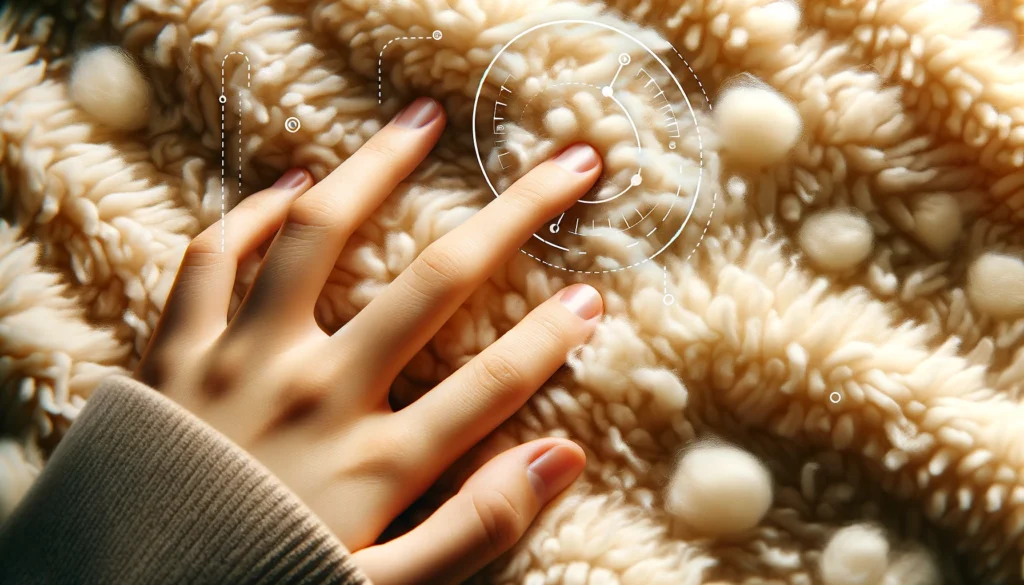
Ease of Care and Durability
Fleece is easy to care for. You can usually wash it in a machine, and it dries quickly. Unlike wool, Fleece does not shrink or lose its shape easily. It is also durable and can last a long time if taken care of properly.
Fleece is resistant to pilling, which means it stays looking nice even after many washes. This makes it a practical choice for everyday use.
By choosing Fleece, you get a fabric that is warm, light, soft, and easy to care for. It combines comfort and convenience, making it a popular choice for many different uses.
Uses in Fashion and Home Decor
Common Applications in Outerwear and Activewear
Fleece is very popular in outerwear. People love fleece jackets and hoodies because they are warm and light. Fleece is great for layering. You can wear a fleece jacket under a heavier coat for extra warmth.
Fleece is also used in activewear. It is breathable and keeps you warm without making you sweat too much. This makes it perfect for outdoor activities like hiking, running, and camping.
Fleece pants, vests, and gloves are also common, providing warmth and comfort during exercise and casual outings.
Uses in Home Decor
Fleece is a favorite for home decor items. Fleece blankets are warm and cozy, perfect for snuggling on the couch or adding extra warmth to your bed.
Fleece throws come in many colors and patterns, making them a stylish and functional addition to any room.
Fleece bedding, such as sheets and pillowcases, is also popular. It keeps you warm on cold nights and is soft against your skin.
Fleece is easy to wash, making it a practical choice for families and pet owners. It adds comfort and warmth to any home decor.
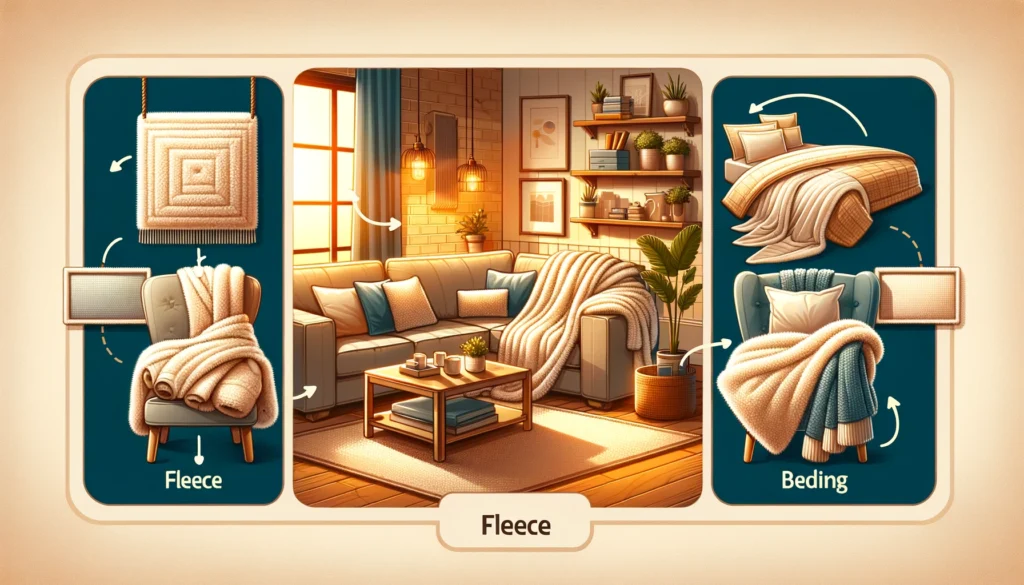
Sustainability Aspect
Environmental Concerns
Fleece has some environmental issues. Most Fleece is made from polyester, which comes from petroleum. This means making Fleece uses a lot of energy and resources.
When you wash Fleece, it can shed tiny plastic fibers called microplastics. These microplastics can end up in rivers and oceans, harming wildlife and the environment.
Eco-Friendly Options
There are better choices for the environment. Recycled Fleece is made from old plastic bottles. This uses less energy and helps reduce plastic waste. Recycled Fleece still feels soft and warm, just like regular Fleece.
Another option is plant-based fibers. These are made from natural materials like bamboo or organic cotton.
They are better for the environment because they don’t rely on petroleum and are biodegradable. Choosing eco-friendly Fleece helps protect the planet while keeping you warm and comfortable.
Velvet vs Fleece: Detailed Side-by-Side Comparison
Texture and Aesthetic Appeal
Detailed Comparison of Feel and Look
Velvet feels smooth and soft. When you touch it, you get a luxurious feeling. It has a shiny surface that catches the light. This makes velvet look rich and elegant. Velvet is perfect for creating a fancy look.
Fleece, on the other hand, is very soft and cozy. It feels warm and fluffy. Fleece is made to keep you warm. It doesn’t have the shine of velvet, but it feels comforting and snug. Fleece is great for a casual and comfortable feel.
Visual Appeal in Fashion and Decor
In fashion, velvet is used for elegant and stylish clothes. Velvet dresses, blazers, and skirts look fancy and high-end. They are perfect for special occasions. Velvet adds a touch of class and sophistication.
Fleece is more about comfort and practicality. Fleece jackets, hoodies, and pants are popular for everyday wear.
They are ideal for keeping warm during outdoor activities. Fleece is also used in casual fashion, giving a relaxed and cozy look.
In-home decor, velvet adds a touch of luxury. Velvet sofas, curtains, and pillows make a room look rich and inviting. The shine of the velvet fabric adds depth to the colors and makes the room feel upscale.
Fleece is used in home decor for its warmth and softness. Fleece blankets and throws are perfect for cozying up on the couch.
Fleece bedding keeps you warm on cold nights. It adds a casual and comfortable vibe to your home.
Warmth and Comfort
Insulation Properties and Suitability for Different Climates
Velvet is not known for its warmth. It can be heavy and drape well, but it doesn’t provide much insulation.
Velvet is best suited for moderate climates or indoor use where warmth is not the main concern. Its main appeal lies in its look and feel rather than its ability to keep you warm.
Fleece is excellent for warmth. It is designed to trap heat and keep you cozy. Fleece works well in cold climates and is ideal for winter clothing.
It provides great insulation, making it a popular choice for jackets, blankets, and other cold-weather gear. Fleece can keep you warm without being too heavy, making it perfect for layering.
Comfort in Everyday Use
Velvet is comfortable but can be a bit restrictive due to its weight and less stretchy nature. It feels soft against the skin but is often used in more structured garments.
Velvet is great for special occasions or stylish home decor but might not be the first choice for everyday comfort wear.
Fleece excels in everyday comfort. It is lightweight, stretchy, and super soft. Fleece garments are easy to move in and feel great against the skin.
This makes Fleece perfect for casual wear, sportswear, and cozy home items. Whether you are lounging at home or going for a hike, Fleece keeps you comfortable all day long.
Durability and Care
Longevity and Maintenance Requirements
Velvet is a durable fabric but requires careful handling to maintain its appearance. The longevity of velvet depends on its type. Silk velvet is delicate and can wear out quickly if not properly cared for.
Cotton and polyester velvets are more robust and can last longer with proper maintenance. However, velvet tends to attract dust and can be prone to crushing, which affects its plush texture.
Fleece is highly durable and can withstand frequent use and washing. It is resistant to pilling and maintains its shape well over time.
Fleece’s synthetic fibers make it less prone to wear and tear compared to natural fabrics.
This makes fleece an excellent choice for items that get a lot of use, such as blankets and outdoor clothing.
Practical Tips for Cleaning and Preserving Each Fabric
Velvet:
- Always check the care label before cleaning.
- For minor stains, spot clean with a soft cloth and mild detergent.
- Avoid rubbing the fabric to prevent crushing the pile.
- For deep cleaning, consider professional dry cleaning, especially for silk velvet.
- Store velvet items in a cool, dry place and avoid stacking heavy items on top of them to prevent crushing.
Fleece:
- Machine wash fleece items in cold water on a gentle cycle.
- Use a mild detergent and avoid fabric softeners, which can damage the fibers.
- Turn fleece garments inside out before washing to reduce pilling.
- Air-dry fleece items or tumble-dry on low heat to maintain their softness and shape.
- Avoid ironing Fleece, as high heat can melt the synthetic fibers.
By following these care tips, you can extend the life of your velvet and fleece items, keeping them looking and feeling their best for a long time.
Cost
Price Comparison Based on Material Type and Quality
Velvet:
- Silk Velvet: The most expensive type of velvet. It is luxurious and used for high-end fashion and decor.
- Cotton Velvet: Moderately priced, providing a good balance between luxury and affordability. It’s commonly used for home decor and everyday clothing.
- Polyester Velvet: The most affordable type of velvet. It mimics the look of silk velvet but at a fraction of the cost. Ideal for budget-friendly fashion and upholstery.
Fleece:
- Standard Polyester Fleece: Generally inexpensive, making it accessible for a wide range of uses.
- Recycled Fleece: Slightly more expensive than standard Fleece but still affordable. It’s eco-friendly and made from recycled materials.
- High-Performance Fleece: Used in outdoor and activewear, it can be more costly due to its enhanced insulation and moisture-wicking properties.
Value for Money Considerations
Velvet:
- Silk velvet offers luxury and elegance but comes with high maintenance costs.
- Cotton velvet is a good mid-range option, balancing cost, appearance, and durability.
- Polyester velvet provides the best value for money, offering durability and aesthetic appeal at a lower price.
Fleece:
- Standard polyester fleece offers excellent value for everyday use and home items like blankets.
- Recycled Fleece combines affordability with environmental benefits, making it a good choice for eco-conscious consumers.
- High-performance Fleece is worth the investment for outdoor enthusiasts, offering superior warmth and durability.
Sustainability
Environmental Impact and Eco-Friendly Choices
Velvet:
- Traditional silk velvet has a high environmental cost due to water and chemical use in silk production.
- Cotton velvet also poses environmental challenges, including significant water use and pesticide application.
- Polyester velvet is made from petroleum-based fibers, contributing to pollution and carbon emissions. However, it can be recycled.
Fleece:
- Standard polyester fleece is made from synthetic fibers derived from petroleum, leading to environmental concerns like microplastic pollution.
- Recycled Fleece is a more sustainable option, as it reduces plastic waste and energy consumption compared to new polyester production.
- Plant-based Fleece, though less common, offers a biodegradable alternative to synthetic Fleece, further reducing environmental impact.
By choosing eco-friendly options like organic cotton velvet, recycled polyester velvet, and recycled or plant-based Fleece, you can minimize your environmental footprint while enjoying the benefits of these versatile fabrics.
Practical Tips for Choosing Between Velvet and Fleece
Fashion Tips
Choosing the right fabric for different occasions can make a big difference in your comfort and style.
Velvet:
- Ideal for formal and evening events.
- Wear a velvet dress for a special night out.
- A velvet blazer can elevate your business attire.
- Velvet skirts and tops add sophistication to everyday wear.
- Pair velvet with simple accessories to let the fabric stand out.
Fleece:
- Perfect for casual and outdoor activities.
- Keeps you warm and cozy on chilly days.
- Great for hiking, camping, and outdoor adventures.
- Fleece jackets, hoodies, pants, and vests are comfortable and stylish.
- Ideal for layering under a coat for extra warmth in winter.
Home Decor Ideas
Velvet and Fleece can enhance your home decor, each bringing unique qualities to your space.
Velvet:
- Adds a touch of luxury.
- Use for upholstery on sofas and chairs.
- Velvet curtains add drama and block out light.
- Decorative velvet pillows bring color and texture.
- A velvet throw blanket looks stylish and feels cozy.
Fleece:
- Focuses on comfort and warmth.
- Use fleece blankets and throws for inviting living areas.
- Fleece bedding keeps you warm on cold nights and is easy to wash.
- Great for children’s rooms, providing a soft and safe option.
- Choose fleece items in colors that match your existing decor for a cohesive look.
Crafting with Velvet and Fleece
Crafting with velvet and Fleece can be fun and rewarding, but each fabric requires different tools and techniques.
Velvet:
- Use sharp scissors for smooth cuts.
- A walking foot on your sewing machine helps feed the fabric evenly.
- Pin well before sewing to prevent slipping.
- Use a needle designed for thick fabrics.
- Sew in the direction of the nap for a professional finish.
- Craft ideas: pillow covers, handbags, scarves.
Fleece:
- Does not fray. No need to hem the edges.
- Use fabric scissors and a universal needle.
- Fleece stretches, so use a longer stitch length.
- Craft ideas: blankets, hats, scarves, soft toys, pet beds.
- No-sew projects: tie blankets pillows with knotted fringe.
Both velvet and Fleece offer endless possibilities for crafting. Whether making home decor items, fashion accessories, or cozy blankets, choosing the right fabric and techniques will help you create beautiful and functional pieces.
Final Thoughts
Choosing between velvet and Fleece depends on your needs. Velvet offers luxury and elegance, perfect for formal wear and upscale home decor. Fleece provides warmth and comfort, ideal for casual clothing and cozy home items.
Both fabrics have unique benefits, so consider what suits your lifestyle best. Whether you need a plush velvet dress for an event or a warm fleece blanket for winter, each fabric has its special place.
Understanding the differences in texture, durability, and care will help you make the best choice for your fashion and home decor needs.
